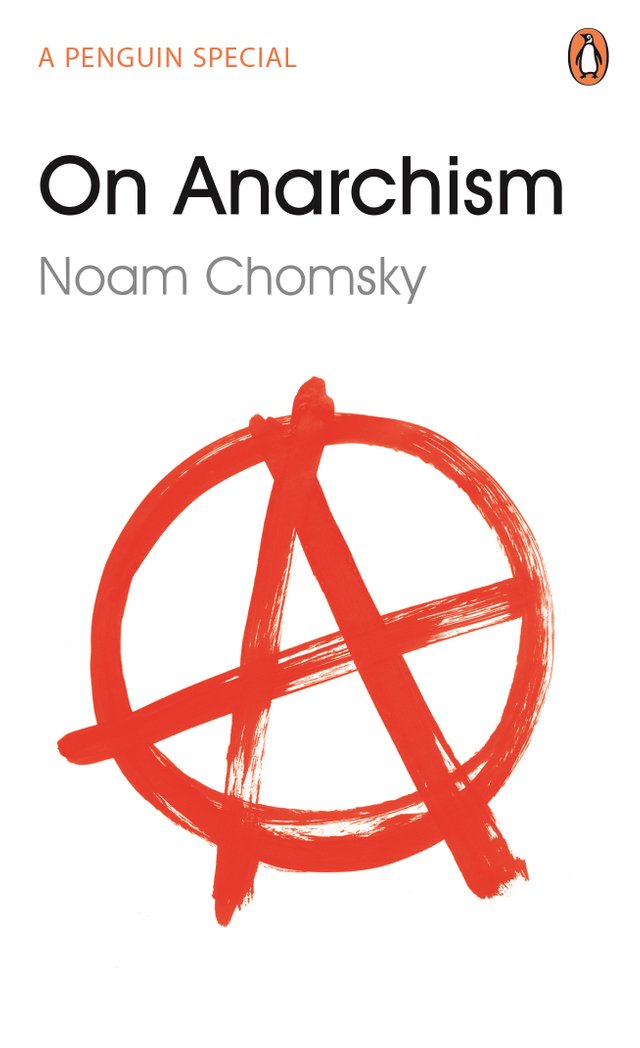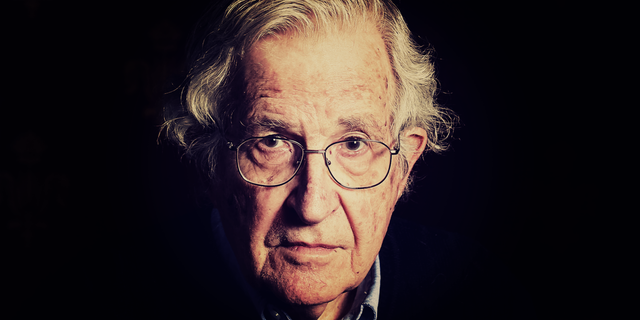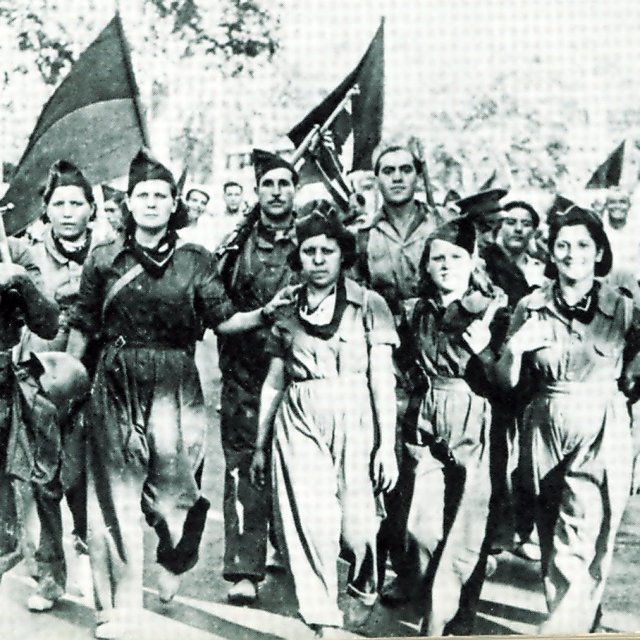Book Review: On Anarchism

Review
A person who comes across On Anarchism on the shelf of the political science or philosophy section of their local book store, may start to get excited at the idea of a book about no authority, chaos and freedom, and the fact that its getting serious attention within academic circles. They will, however, be disappointed/surprised that the book speaks to a long-standing tradition with a rich history and that prescribes a system, which is highly organized, technical and democratic. At the same time, an expert on the subject matter might feel just as disappointed, albeit to a different degree, at the fact that the book does not present an in depth analysis of the ideology and a thorough articulation of its attributes or methods of possible implementation now or in the near future.
Instead, this diminutive book consists of various notes, excerpts and essays organized around the topic, working as a fine first companion into what is a fascinating and important socio-political theory. The book is attributed to a true heavyweight in the political, philosophical and linguistic arena of academia, Noam Chomsky. No doubt this being due to the fact that he stands, at the present time, as one of its biggest advocates. But the structuring of this book is credited to journalist, Nathan Schneider, well known for his many works on politics and religion. Below is what you can expect going forward.
Table of Content
1. Notes on Anarchism
2. Excerpts From Understanding Power
3. Part II of “Objectivity and Liberal Scholarship”
4. Interview with Harry Kreisler, from Political Awakenings
5. Language and Freedom
Literature on Anarchism
The first section consists of the thoughts on socialism and anarchism by some of the biggest experts on the topic. Readers can look forward to selected segments from the works of people such Rudolph Rocker, Anton Pannekoek and Mikhail Bakunin to name a few. Within this section, these theorists points to various landmarks in time which created the necessity to remember and challenge our natural and common sense desire for freedom and voluntary co-operation. For it is indeed freedom that pumps like blood through the anatomy of anarchism, criticizing current conventional methods of organization and analyzing various spheres of authority. The first section wets the beak for anarchism and for what is to come in the rest of the book.
Interview With Noam Chomsky
This leads us to the second section, an interview with the man himself, Noam Chomsky. This interview allowed for the opportunity to pick Professor Chomsky’s brain on what he understands anarchism to be. Chomsky speaks of anarchism as a prescriptive exercise in holding the various structures of authority up to scrutiny, indeed demanding them to prove the legitimacy of their authority, and if they fail in this task, then they ought to be dismantled and re-built in the spirit of democracy. This sentiment is one that allows a consistent progression in Noam’s thoughts on other areas of relevance, from already existing communal societies, to the shortcomings of capitalism and beyond.

The 1936 Spanish Revolution and Final Section
The 1936 Spanish Civil War is a commonly referred to occurrence throughout the book, marking a very important moment in history. This section gives a far more critical analysis of both the events and key players within this time. It takes readers through the weeds in better understanding the antecedent causes that lead to revolt, and the unique methods of organization used that truly undermined traditional systems of governance and civilian participation. This time in history served as inspiration for the practical sphere of anarchic sentiment, creating the parameters for many similar events to come in the future.
Getting to the tail end of the book, the final sections first start with another interview, this time with libertarian anarchist, Harry Kriesler. The Interview breaks downs Harry’s political commitments by looking at his upbringing and the various events and influences that inspired his career path and work. Once again, mention of the above Spanish Civil War gets some of the spotlight, along with other major historic events such as The Paris Communes. The book ends with an interesting piece on Language and Freedom, which speaks to the areas of the expertise of Noam Chomsky, that of his political thought and his understanding of linguistics. The section looks to the relationship that these two concepts have and the core principles that inform and bind them together, as Noam expertly goes to show how the two are not such strange bedfellows after all.

This is but a brief glimpse into a book that presents great value its ability to first and foremost clear away misunderstandings and misconception with the term anarchism. Though small in size, On Anarchism contains within it the thoughts of individuals that resonate with a tremendous enormity. It’s a book that re-awakens intuitive desires for how we want to live and who we are as human beings, and it provides us with the information from past events that can inspire innovative ideas that could transform our socio-political paradigms in a big way. I enjoyed the composition of the book, as it seemed to match a theme of freedom that is imperative to anarchism, accomplishing this by not taking the standard model or layout of your usual book.
I did feel that the section on the Spanish Civil War was a little bloated, taking away from the simplicity and ease of reference that the book has regarding its other sections. It came across as a little intimidating and a tad bit bit boring given the amount of names and dates one needs to remember. However, this is said with due understanding of the importance of the events that essentially gave manifestations to the ideas of anarchism and the natural tendencies of the people in history. The book fits snuggly in any bag, ready to take along on the bus, train or air plane, and serves the dual purpose of informing readers of the tradition and also pointing the way to a large collection of primary and secondary sources on it and similar subject matter.
Below I include extra resources for those wanting more information on the subject, including attempts at implementation and criticism of anarchism, for indeed anything can only be strengthened if it can stand up to thoughtful criticism and scrutiny, although based on its own desired tendencies, I’m pretty sure that the tradition would welcome it. The book is a great addition to the shelf of both the expert and the misinformed layman, and on that note, I wish both happy reading ☺.
Resources
10 Instances Of Anarchist Societies That Actually Worked
Zizek on the shortcomings of Anarchism and Anarcho-syndicalism
Great review, and on a topic that should be of interest to many people here on Steem blockchain giving the strong anarchist leanings of many of the larger stakeholders here.
@tipu curate
Upvoted 👌 (Mana: 30/35 - need recharge?)
Thanks, yes could be opportunity for a separate post on how Steemit is a good example of anarcho-syndacalism in practise.
This post was shared in the Curation Collective Discord community for curators, and upvoted and resteemed by the @c-squared community account after manual review.
@c-squared runs a community witness. Please consider using one of your witness votes on us here
Congratulations @oryans.belt! You have completed the following achievement on the Steem blockchain and have been rewarded with new badge(s) :
You can view your badges on your Steem Board and compare to others on the Steem Ranking
If you no longer want to receive notifications, reply to this comment with the word
STOPDo not miss the last post from @steemitboard:
Vote for @Steemitboard as a witness to get one more award and increased upvotes!